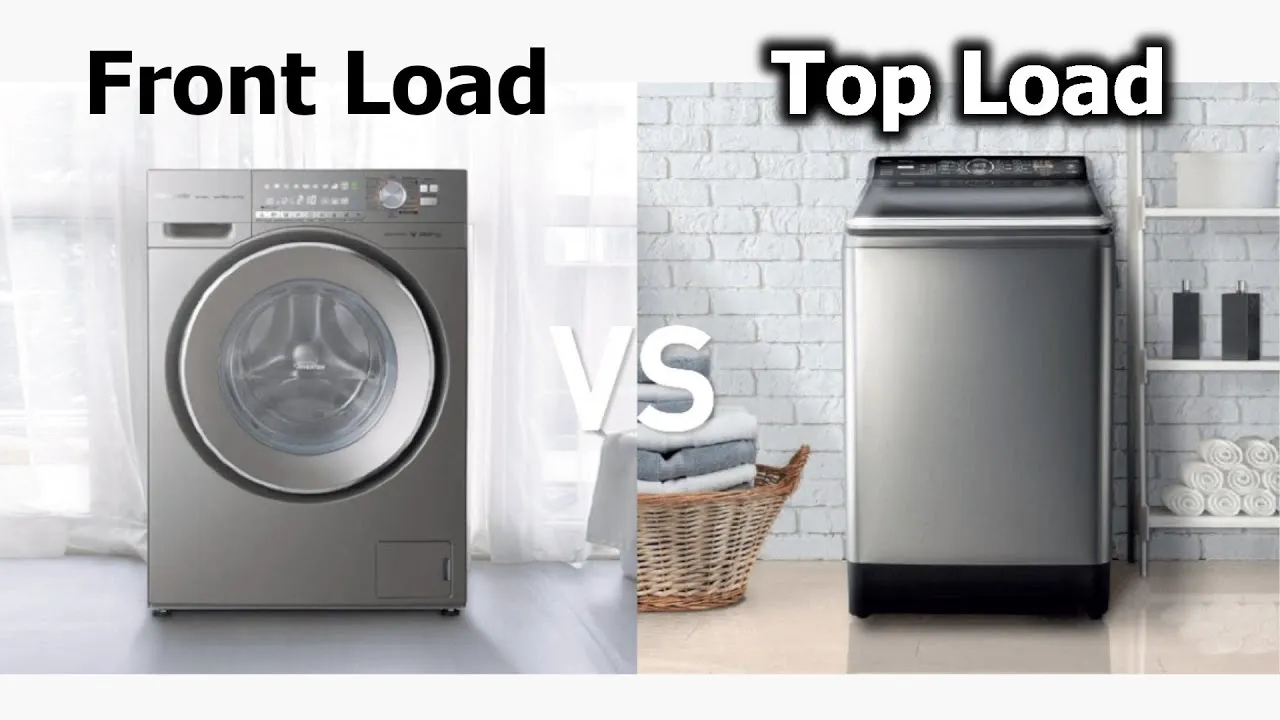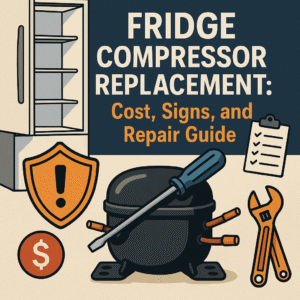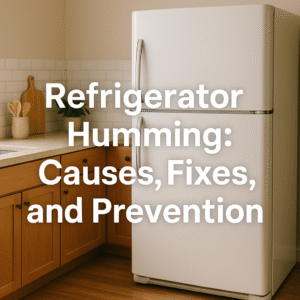Introduction
“Front Load vs Top Load Washers” is a common question for homeowners and appliance shoppers. Choosing the right washing machine involves considering factors like washer efficiency, cleaning performance, capacity, and cost. Front-loading and top-loading washers each have distinct pros and cons. This article explores how they differ in water and energy use, cycle times, durability, and more. We’ll help you decide which is the best washing machine for your needs. If you encounter any washer issues, remember our technicians at Sarcon Appliance Repair are here to help.
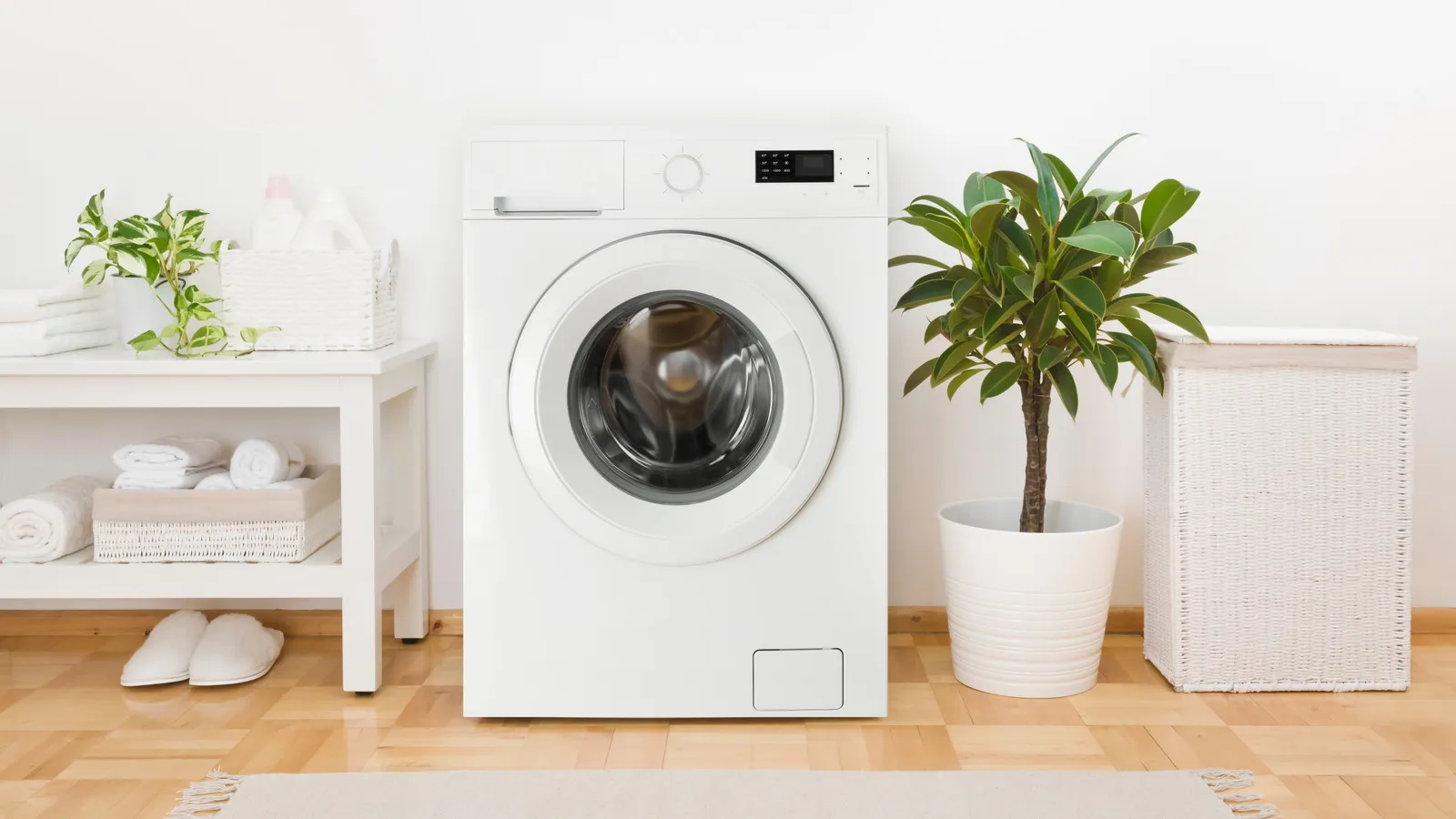
Front Load vs Top Load Washers: Overview
Front-loading washers have a door on the front and a horizontal drum, while top-loading washers open at the top and have a vertical drum. In front-load machines, clothes tumble in the drum to clean them, whereas top-load machines use an agitator or impeller to move clothes.
How Front Load vs Top Load Washers Clean Clothes
Front-Load Washers
Front-load washers clean by tumbling clothes through water, which gently lifts and drops garments for effective dirt and stain removal. These machines typically spin faster, removing more water and reducing drying time.
Top-Load Washers
Top-load washers use either an agitator (a tall post that moves clothes around) or an impeller (a low-profile cone that creates water currents). Agitators are more aggressive, while impellers are gentler.
Need Same-Day Washing Machine Repair In South Central Pennsylvania? Click Here!
Efficiency, Water Use, and Energy
Front-load washers lead in efficiency, using about 45% less energy and 50% less water than traditional top-load models. HE top-loaders improve on this, but still lag behind front-loaders.
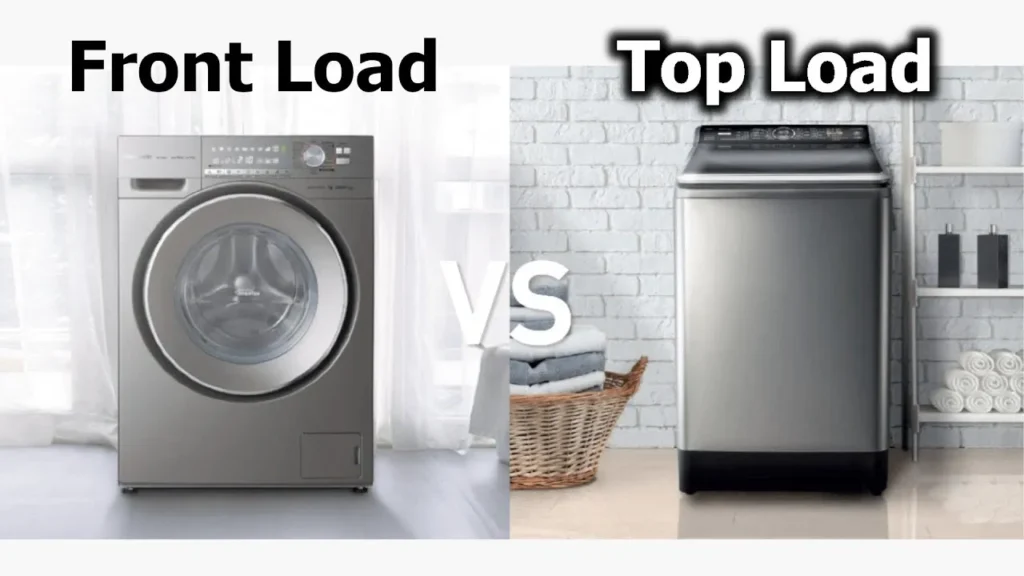
Pros and Cons of Front-Load Washers
Pros
- Water and Energy Savings: Significantly lower resource consumption.
- Gentle Cleaning: Tumbling action is easier on fabrics.
- Higher Spin Speeds: Clothes come out drier.
- Space Efficiency: Can be stacked or placed on pedestals.
- Larger Usable Capacity: No center agitator means more room.
Cons
- Higher Upfront Cost: More expensive than most top-load models.
- Longer Wash Cycles: Though drying is faster overall.
- Ergonomic Limitations: Requires bending to load and unload.
- Mold Risk: Door seals can trap moisture if not cleaned regularly.
- More Complex Repairs: Parts and servicing may be more expensive.
Pros and Cons of Top-Load Washers
Pros
- Lower Purchase Price: Ideal for budget-conscious buyers.
- Shorter Wash Cycles: Quick cleaning turnaround.
- Ease of Loading: No bending necessary.
- Fewer Mold Issues: Gravity helps drain water naturally.
- Simpler Repairs: Easier and less costly maintenance.
Cons
- Higher Resource Usage: More water and energy per cycle.
- Not Stackable: Requires more floor space.
- Harsher on Fabrics: Agitators can be rough.
- Smaller Drum Space: Less room for bulky loads.
- Maintenance on Agitators: Wear and tear on moving parts over time.
Capacity, Space, and Installation
- Space Requirements: Front-load washers are ideal for compact spaces.
- Capacity: Front-load machines generally offer more usable space.
- Laundry Room Use: Front-loaders free up the top surface for folding.
- Ergonomics: Pedestals can raise front-loaders; top-loaders are easier for standing users.
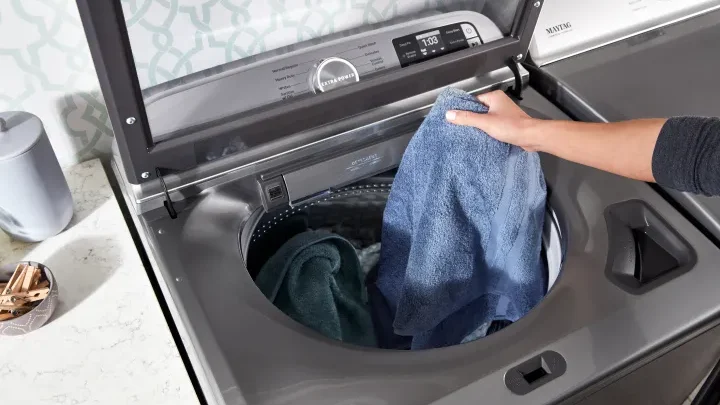
Maintenance, Durability, and Repairs
Front-Loaders
Prone to mold in the door gasket if not cleaned. Components like bearings and seals can wear out.
Top-Loaders
Fewer mold concerns, but agitators and lid switches may need servicing. Repairs are typically simpler.
Cost Considerations
- Initial Cost: Front-loaders: $500–$2,000 | Top-loaders: $300–$1,500
- Operating Cost: Front-loaders save more on utilities.
- Detergent Needs: Use HE detergent with both.
- Resale Value: Front-loaders may retain more value.
- Total Cost of Ownership: Top-loaders may be cheaper if repairs are minimal.
Washing Machine Not Spinning? Common Issues and Fixes Complete Guide. Click Here!
Which Washer is Best for Your Needs?
- For maximum efficiency and gentle care: Front-load washer.
- For lower upfront cost and convenience: Top-load washer.
- For small spaces: Stackable front-loader.
- For heavy use: Front-load washer is more cost-effective.
- For occasional use: Basic top-load washer may suffice.
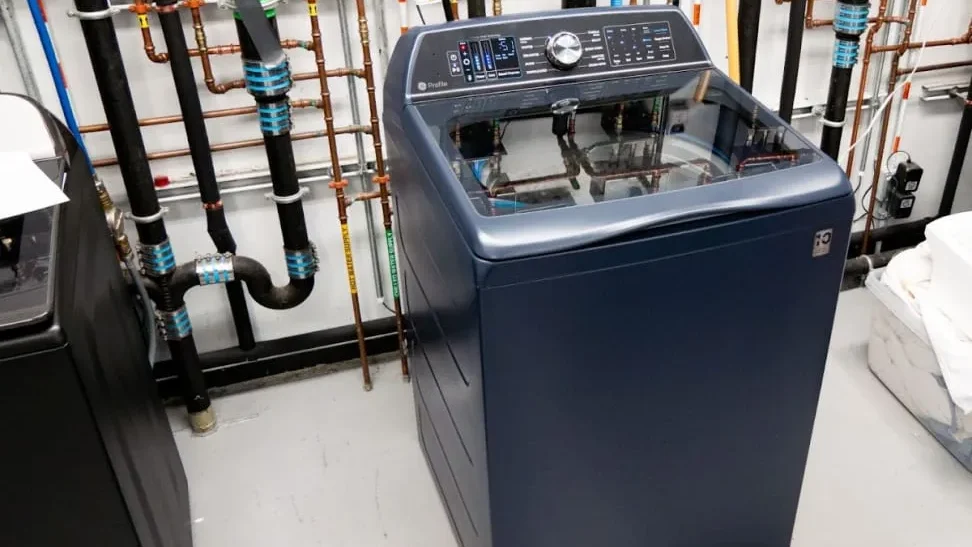
FAQs
What is the main difference between a front-load and a top-load washer?
A front-load washer tumbles clothes inside a horizontal drum, while a top-load washer uses a vertical drum with an agitator or impeller.
Are front-load washers more efficient?
Yes, they use significantly less water and energy than traditional top-load models.
Do front-load washers need special detergent?
Yes, they require HE (high-efficiency) detergent to avoid excess suds and performance issues.
Can you open a front-load washer mid-cycle to add clothes?
Usually not, though some newer models have a pause-and-add feature.
Which type is better for large families?
Front-load washers, due to their larger capacity and better cleaning power.
Which washer is quieter?
Front-load washers are generally quieter, especially during spin cycles.
Are front-load washers harder to maintain?
They can be. They require more frequent cleaning of the gasket to avoid mold.
How long do washing machines last?
Top-load: 10–12 years. Front-load: 8–10 years (with proper care).
Do front-load washers smell bad over time?
They can if not properly maintained—clean the gasket and leave the door open.
Can I stack any washer and dryer?
Only front-loaders are designed to be stackable. Always use a stacking kit.
Which is more budget-friendly over time?
Front-loaders save more on utilities, despite higher upfront costs.
What is a high-efficiency (HE) top-load washer?
It lacks an agitator and uses impeller technology, using less water and energy.
Conclusion
Choosing between front-load and top-load washers depends on your priorities—efficiency, cost, space, and ease of use. Front-loaders offer long-term savings and gentle fabric care, while top-loaders are more budget-friendly and convenient. Whatever your choice, Sarcon Appliance Repair is here for expert service and advice.

